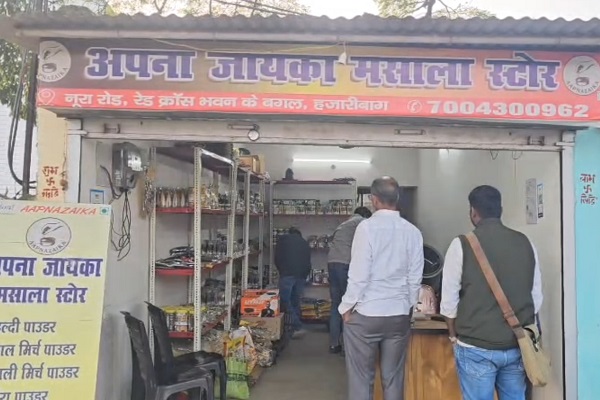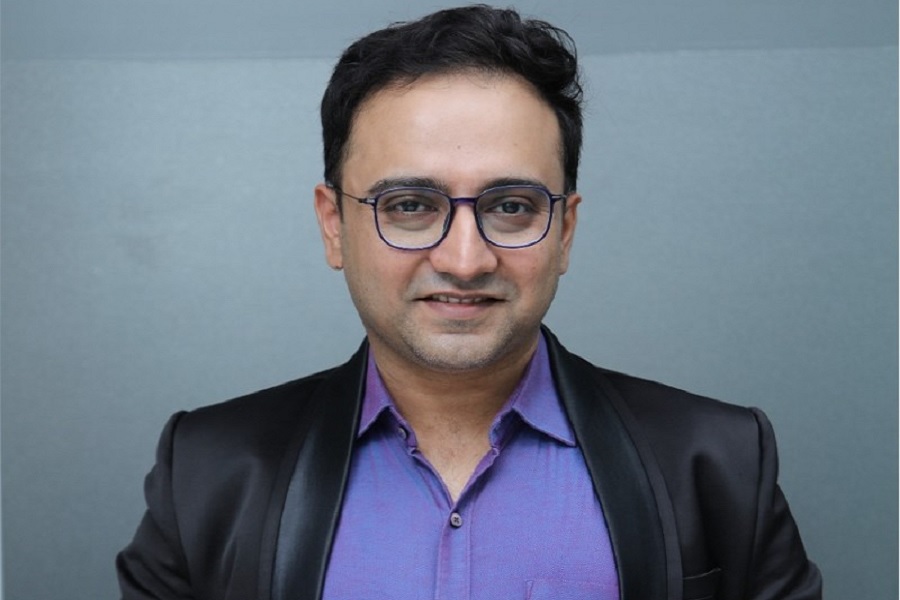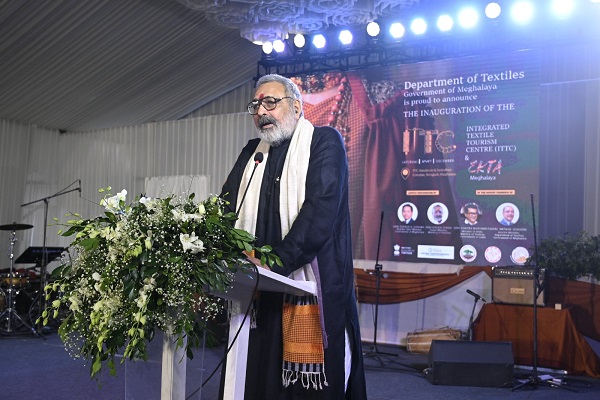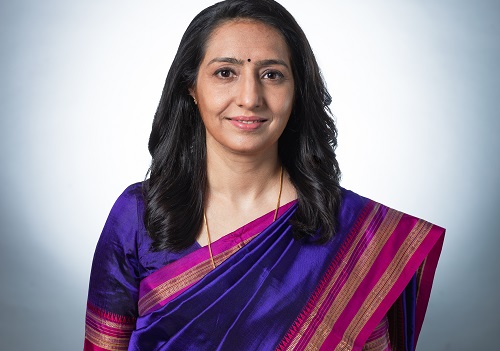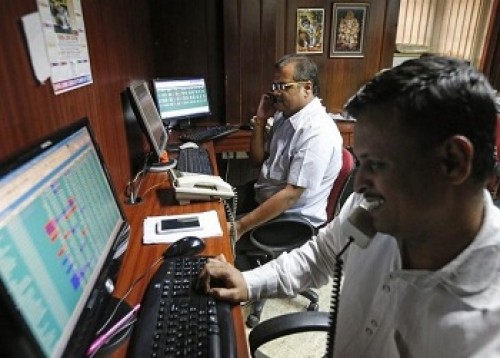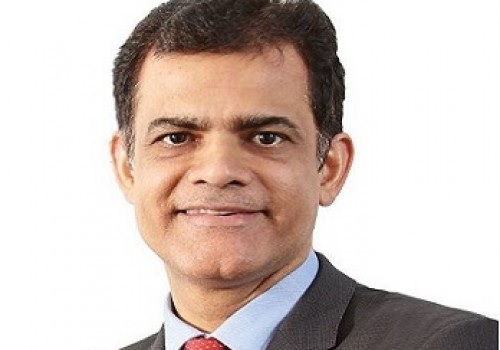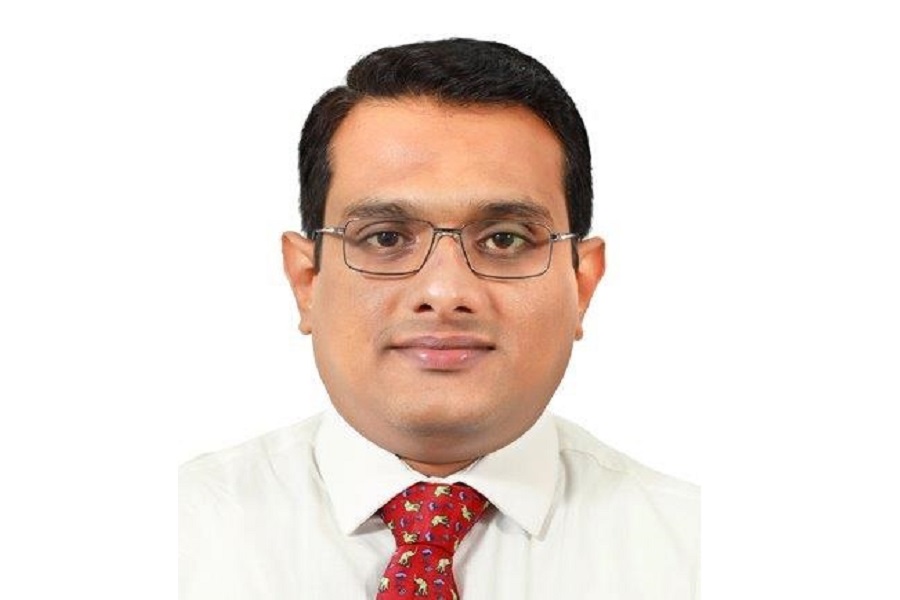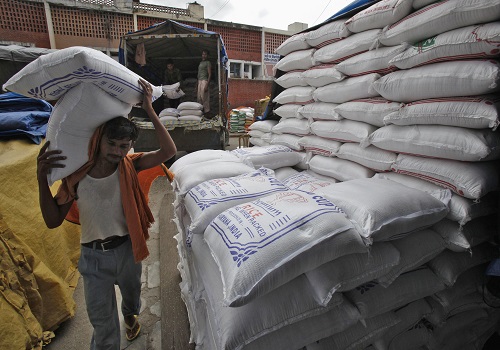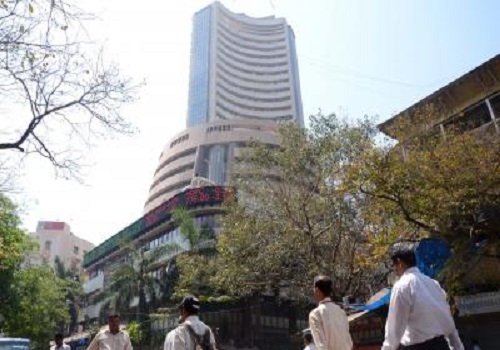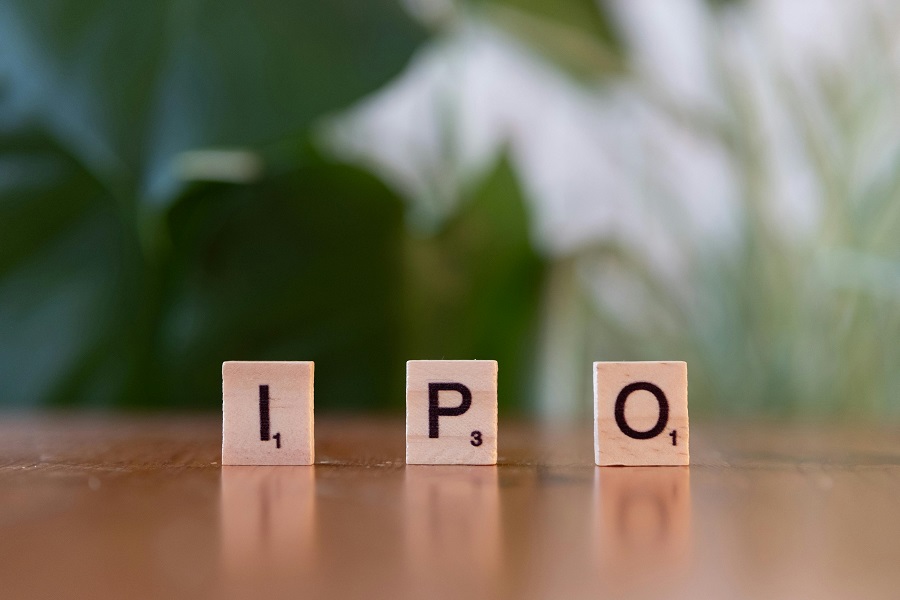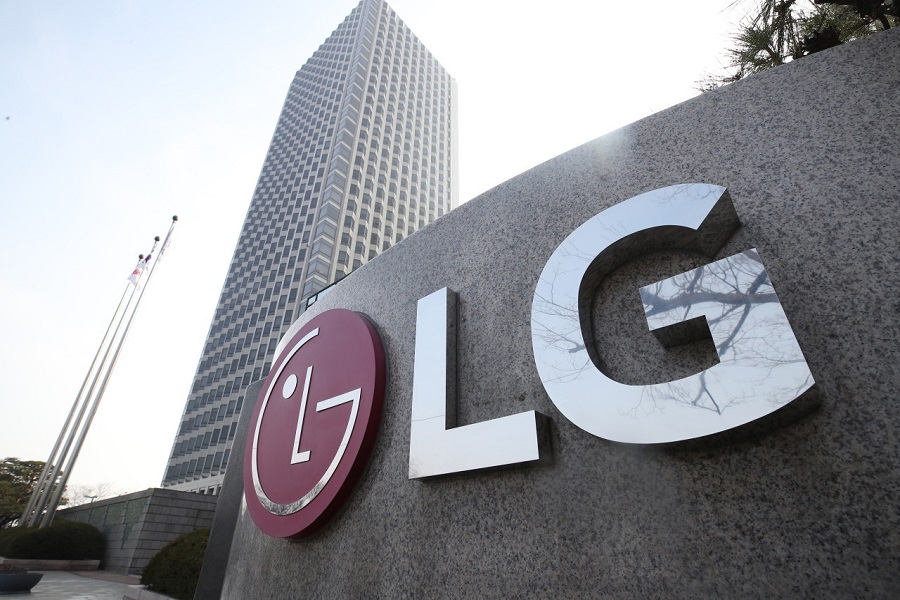Game Changers Texfab coming with IPO to raise Rs 54.84 crore

Game Changers Texfab
- Game Changers Texfab is coming out with an initial public offering (IPO) of 53,76,000 equity shares in a price band of Rs 96-102 per equity share.
- The issue will open on October 28, 2025 and will close on October 30, 2025.
- The shares will be listed on SME Platform of BSE.
- The face value of the share is Rs 10 and is priced 9.60 times of its face value on the lower side and 10.20 times on the higher side.
- Book running lead manager to the issue is Corpwis Advisors.
- Compliance Officer for the issue is Nikunj Gupta.
Profile of the company
Game Changers Texfab is engaged in finding the finest fabric material as per customer specifications and sourcing them from the right suppliers, ensuring the right material solutions. ‘Sourcing of Fabrics’ refers to the process of selecting and procuring raw materials for textile production, which includes identifying suppliers, negotiating prices, and ensuring the quality and sustainability of the fabrics. The company deals with variety of fabrics but specializes in women's wear fabrics and technical textiles fabrics, including outdoor and PVC-coated fabrics for a variety of uses such as awnings, outdoor furniture upholstery, tarpaulins, sports goods, tents, etc.
To strengthen its sourcing operations, the company manages a network of over 10 sourcing offices, ensuring access to a range of daily as wells as premium fabrics at competitive prices. It has two comprehensive retail experience stores which double up as sampling centres through which it offers a wide range of fabric materials. In these stores, it features both Ready-made and semi-stitched garments. Additionally, it offers Made to Measure garments with in-store customization and fabric value additions tailored to meet its customers' specific preferences. Apart from its offline presence, it also has its online platform, featuring over 10,000 designs and a network of over 500 diverse suppliers, to support export houses, boutiques in creating unique samples for its clientele.
Also, in order to eliminate the need for capital-intensive machinery or owned production facilities, the company operates through a Deemed Manufacturing model, wherein it has a network of six deemed manufacturing units. ‘Deemed Manufacturing Model’ refers to a business arrangement where it outsources its manufacturing activities to a third-party manufacturer, without owning or operating any manufacturing facility. In this model, the third-party manufacturer is responsible for the production of goods on behalf of the company. Operating on this model makes it asset light and gives it the ability to be agile by on-boarding new production facilities based on changing needs and trends. This allows it to reduce the costs associated with owning and managing manufacturing facilities, while still benefiting from the production capacity and expertise of the manufacturer to scale operations without investing in costly infrastructure.
Proceed is being used for:
- Working capital requirements
- Capital expenditure
- General corporate purposes and unidentified inorganic acquisitions
Industry Overview
India’s textiles sector is one of the oldest industries in the Indian economy, dating back to several centuries. The industry is extremely varied, with hand-spun and hand-woven textiles sectors at one end of the spectrum, with the capital-intensive sophisticated mills sector at the other end. The fundamental strength of the textile industry in India is its strong production base of a wide range of fibre/yarns from natural fibres like cotton, jute, silk, and wool, to synthetic/man-made fibres like polyester, viscose, nylon and acrylic. The decentralized power looms/ hosiery and knitting sector form the largest component of the textiles sector. The close linkage of textiles industry to agriculture (for raw materials such as cotton) and the ancient culture and traditions of the country in terms of textiles makes it unique in comparison to other industries in the country. India’s textiles industry has a capacity to produce a wide variety of products suitable for different market segments, both within India and across the world.
The market for Indian textiles and apparel is projected to grow at a 10% CAGR to reach $350 billion by 2030. Moreover, India is the world's 3rd largest exporter of Textiles and Apparel. India ranks among the top five global exporters in several textile categories, with exports expected to reach $100 billion. The textiles and apparel industry contributes 2.3% to the country’s GDP, 13% to industrial production and 12% to exports. The textile industry in India is predicted to double its contribution to the GDP, rising from 2.3% to approximately 5% by the end of this decade. India is the world’s largest producer of cotton. In the first advances, the agriculture ministry projected cotton output for 2023-24 at 32.3 million bales. The total availability of cotton in the 2023-24 season has been pegged at 34.6 million bales, against 31.1 million bales of domestic demand, including 28 million bales for mills, 1.5 million for small-scale industries, and 1.6 million bales for non-mills. Cotton production in India is projected to reach 7.2 million tons (43 million bales of 170 kg each) by 2030, driven by increasing demand from consumers. It is expected to surpass $30 billion by 2027, with an estimated 4.6-4.9% share globally.
The future of the Indian textiles industry looks promising, buoyed by strong domestic consumption as well as export demand. India is working on various major initiatives to boost its technical textile industry. Owing to the pandemic, the demand for technical textiles in the form of PPE suits and equipment is on the rise. The government is supporting the sector through funding and machinery sponsoring. The technical textiles market for automotive textiles is projected to increase to $3.7 billion by 2027, from $2.4 billion in 2020. Similarly, the industrial textiles market is likely to increase at an 8% CAGR from $2 billion in 2020 to $3.3 billion in 2027. The overall Indian textiles market is expected to be worth more than $209 billion by 2029.
Pros and strengths
Deemed manufacturing: The company currently has six deemed manufacturing units which strengthen its operations allowing it to leverage external production capacities while maintaining control over quality and reducing overhead costs. Operating on a deemed manufacturing model also supports an asset-light approach, minimizing capital investments while ensuring flexibility and scalability in production.
International tie-ups: It has formed strategic tie-ups with two international companies to source and supply high quality technical fabrics. These partnerships help the company meet the growing demands of Indian buyers for advanced textiles, expanding product offerings and staying competitive in a specialized market.
Retail and online expansion: Channelize growth by expanding retail sales of garments and fabrics through both physical stores and online platforms. This dual approach increases accessibility for customers, diversifies revenue streams, and capitalizes on the growing demand for e-commerce.
Risks and concerns
Maximum revenue comes from limited customers: The company’s top five customers contributed 48.09%, 47.12%, 63.53% and 36.08% of its total sales while its top ten customers contributed 78.88%, 71.29%, 78.81% and 52.66% of its revenues for the period ended June 30, 2025, March 31, 2025, March 31, 2024, and March 31, 2023. The company could experience a reduction in its results of operations, cash flows and liquidity if it loses one or more of these customers or the amount of business it obtains from them is reduced for any reason, including but not limited on account of any dispute or disqualification.
Dependent on few suppliers for majority of purchases: The company’s top five suppliers contributed 74.96%, 42.25%, 43.59% and 34.77% of its total purchases while its top ten suppliers contributed 92.00%, 66.33%, 60.84% and 50.40% of its total purchases for the period ended June 30, 2025, March 31, 2025, March 31, 2024, and March 31, 2023. Since its business is concentrated among relatively few significant suppliers, the company could experience a reduction in its purchases and business operations if it loses one or more of these suppliers, including but not limited on account of any dispute or disqualification, however no such instances have occurred in the past.
Geographical constrain: The company derived a significant portion of its revenue from its customers in Haryana. The company has garnered 72.75%, 66.66% and 59.23% of its total revenue from the state of Haryana in FY25, FY24 and FY23 respectively. Due to a significant concentration of its revenues in this state, the company is highly impacted by risks specific to this geography, such as civil unrest as well as other adverse social, economic and political events in this state, natural disasters, regional conflicts, and other unforeseen events and circumstances. If any of these risks materialise or if there is a significant downturn in this state, its results of operations and future profitability could be adversely impacted.
Outlook
Game Changers Texfab specializes in sourcing high-quality fabrics based on customer specifications, selecting suppliers, negotiating prices, and ensuring fabric quality and sustainability for textile production. The company offers a variety of fabrics, specializing in women's wear and technical textiles, including outdoor and PVC-coated fabrics for applications like awnings, furniture upholstery, tarpaulins, sports goods, and tents. On the concern side, the company’s top customers contribute significant portion in the revenue and any loss of business from one or more of them may adversely affect its revenues and profitability. Moreover, the company’s top suppliers contribute majority of its purchases and any loss of business with one or more of them may adversely affect its business operations and profitability.
The company is coming out with a maiden IPO of 53,76,000 equity shares of Rs 10 each. The issue has been offered in a price band of Rs 96-102 per equity share. The aggregate size of the offer is around Rs 51.61 crore to Rs 54.84 crore based on lower and upper price band respectively. On performance front, the company’s revenue from operations surged 18.11% to Rs 11,556.31 lakh in FY25 as compared to Rs 9,784.38 lakh in FY24. Moreover, the company has reported almost three-fold rise in net profit at Rs 1,206.51 lakh in FY25 as compared to Rs 426.72 lakh in FY24.
Looking ahead, the company plans to expand its footprint by opening six new stores in Tier 1 and Tier 2 cities, including Noida, Chandigarh, Delhi, Ahmedabad, Lucknow and Pune incorporating all the features of their existing stores that is an experience centre, a sampling office, dedicated tailoring & Value-added service area, and an office space. Additionally, the company also aims to introduce dedicated designer rooms, allowing designers to engage directly with customers and provide customized services aligned with their preferences. These strategically located stores will serve as platforms for business growth, offering customers a unique shopping experience with the latest designs and trends. In parallel, the company is also focusing on expanding its online presence to reach a broader audience, ensuring a seamless and convenient shopping experience for customers nationwide. This dual approach will drive both offline and online growth, enhancing its brand visibility and accessibility.
